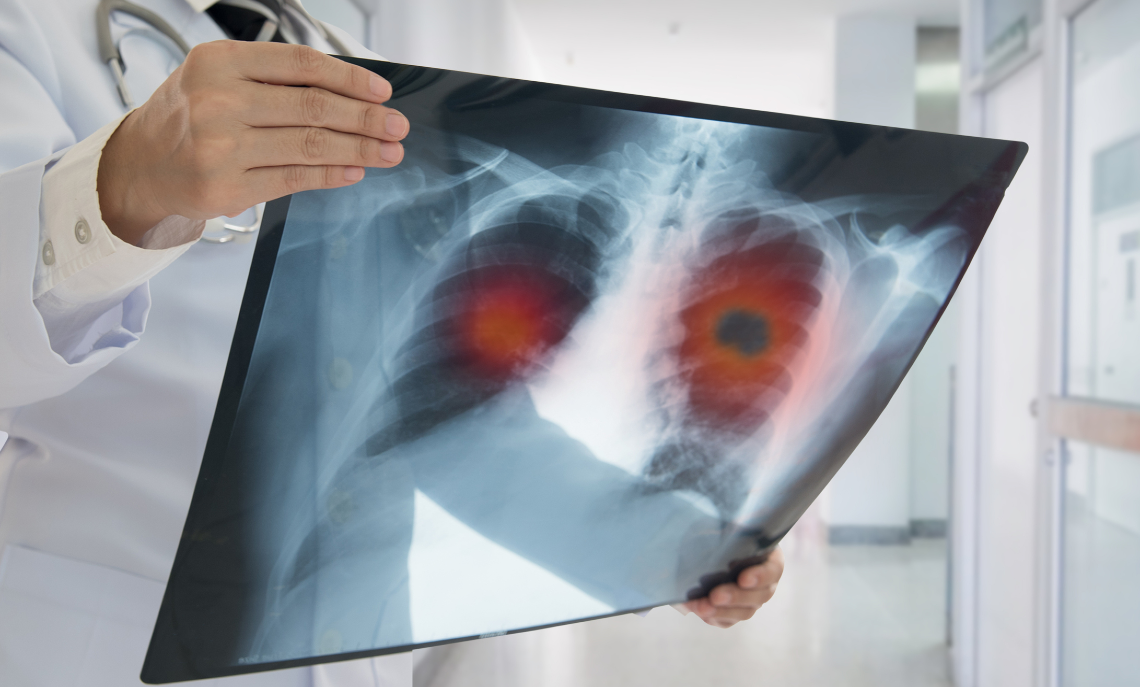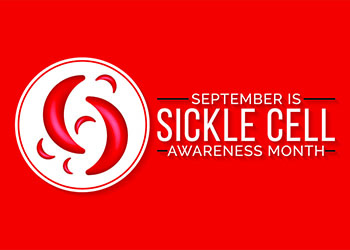Lung cancer – know the signs

Rhian Phillips - Scientific Services Director November 29, 2021
One of the many benefits of working in Med Comms is the opportunity – requirement even! – to keep learning: new therapy areas, new science, new medicines. All this, of course, can be quite abstract, which is why to really understand a disease and its impact – and hence the importance of what we’re trying to achieve for our clients – you need to hear from the people that it affects, and the healthcare professionals responsible for their care.
Some of us have lost family members and friends to lung cancer so we know too well the reality of this particular killer.
As we come to the end of Lung Cancer Awareness Month there is an opportunity to reflect on the burden of this disease, but also the innovation that we hope will drive improvements in patient outcomes in the years to come.
Lung cancer is the most common cause of cancer death worldwide. In 2020, there was in excess of 2.2 million new cases of lung cancer worldwide, and 1.8 million deaths from lung cancer. In the UK alone, lung cancer accounts for more than 1 in 5 of all cancer deaths – over 35,000 deaths a year.
Although mortality trends for patients with lung cancer have improved over the last decade, in particular for men, new lung cancer diagnoses continue to increase in low-income countries, where smoking rates remain high, and access to healthcare is insufficient.
There are two main forms of lung cancer – small cell lung cancer and non-small cell lung cancer (NSCLC), with NSCLC accounting for 80–85% of cases. The most common histologic subtypes of non-small cell lung cancer are squamous cell carcinoma (starts in flat squamous cells and can affect the main airways, including the left or right bronchus); large cell carcinoma (may appear in any part of the lung and tends to grow and spread quickly); and adenocarcinoma (begins in mucosal cells and typically develops in smaller airways, including lung alveoli).
As well as these histological subtypes, it’s now possible to categorize lung cancer according to molecular subtype and to identify oncogenic drivers – genes that are aberrantly expressed and confer a selective growth advantage to tumors – and predictive/prognostic biomarkers. Three of the best-characterized oncogenic alterations in NSCLC are epidermal growth factor receptor (EGFR) tyrosine kinase mutations, anaplastic lymphoma kinase (ALK) rearrangements, and c-ros oncogene 1 (ROS1) mutations, and many others have been identified.
Identification of such mutations has informed the development of targeted therapies, specifically oral tyrosine kinase inhibitors (TKIs). To date, more than 10 oral TKIs have been approved for NSCLC by the FDA, and these have demonstrated high effectiveness, minimal side effects, and significant improvements in survival. In addition, there are now several immune checkpoint inhibitors that target PD-L1 approved for treatment of NSCLC. Molecular testing for a broad panel of mutations along with predictive/prognostic biomarker testing, is now commonplace for patients with lung cancer and is recommended in guidelines.
As Lung Cancer Awareness Month draws to a close, it is worth noting that in spite of the advances in molecular characterization of tumors, and successes achieved with targeted therapies in NSCLC over the past 10 years, there remain challenges. There is a need for education on and application of molecular testing. Resistance to targeted agents will develop – there can be alterations in the target gene, or reactivation of downstream oncogenic signaling pathways for example. More research is needed to establish the effective sequence of therapies for molecularly defined subpopulations. And of course, availability and cost of targeted agents can pose substantial challenges for both individuals and healthcare systems.
Like most diseases the best outcomes for lung cancer are associated with early detection, meaning vigilance is key. In the UK, the Lung Cancer Awareness Month’s campaign has been entitled ‘Spot the difference’, urging us to look closely at ourselves and our loved ones to spot any differences in health that could be an early symptom of lung cancer. While many challenges around this disease still exist, let’s all learn the signs so that we can help people get an early diagnosis and the best possible outcome.
To learn more about the symptoms to look out for, please go to: https://www.nhs.uk/conditions/lung-cancer/symptoms/
We are committed to helping you implement strategic scientific communications from late clinical development through lifecycle. Contact Alejandro Potes for a consultation today at Alejandro.Potes@remedica.com



